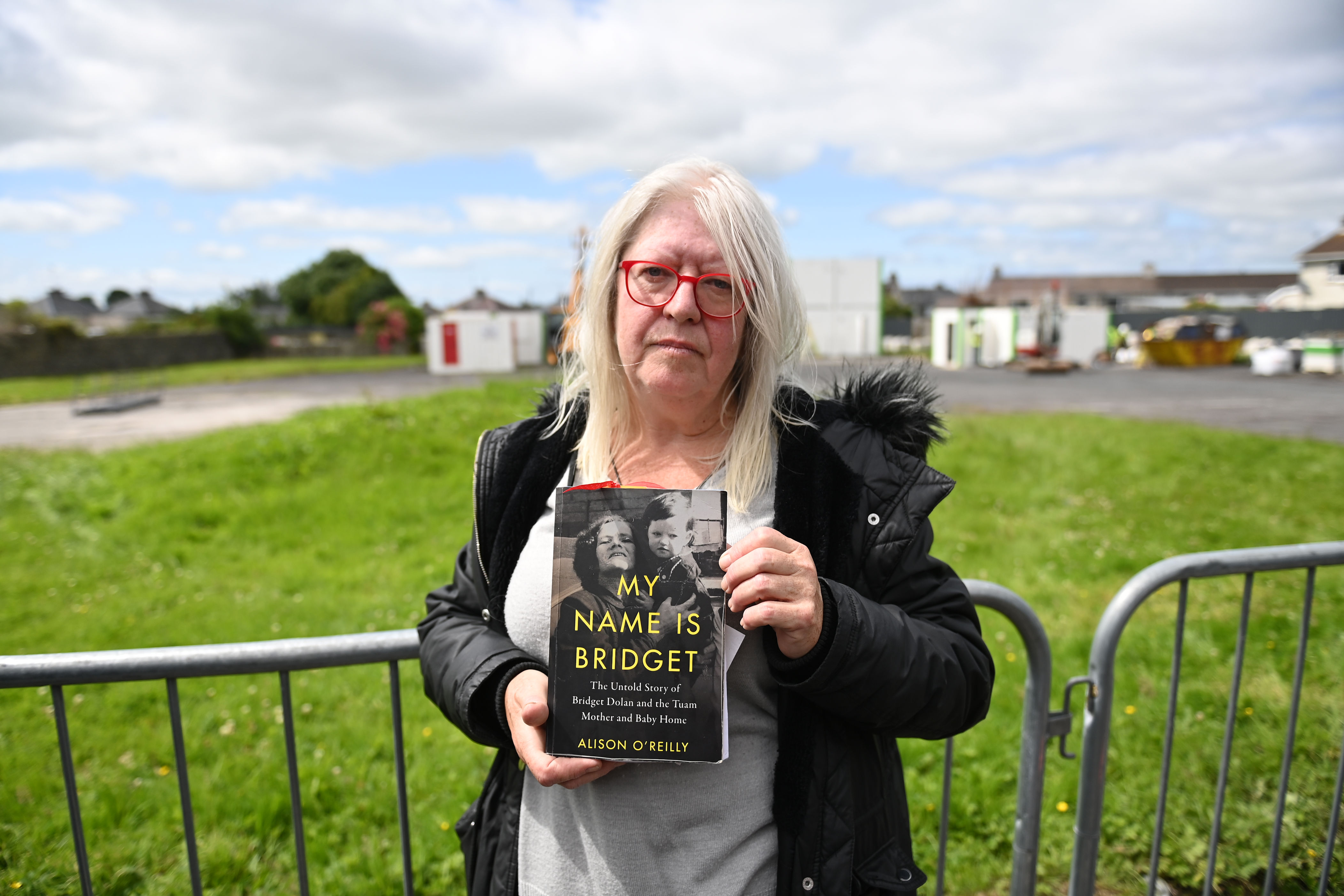How Did Mass Graves of Babies End Up in an Irish Church Home?

Unearthing the Past: The Mass Graves of Tuam, Ireland
The excavation of mass graves in Tuam, western Ireland, has begun, revealing the remains of approximately 800 infants and young children buried in a site that was once home to St Mary’s, a “mother and baby home” run by the Catholic order of Bon Secours Sisters. These children have remained unidentified for over six decades, and their stories are now being uncovered through a multi-year archaeological effort.
Current Excavation Efforts
The excavation, led by Ireland’s Office of the Director of Authorised Intervention (ODAIT), is expected to last two years. It involves collaboration with experts from various countries, including the United Kingdom, Canada, Colombia, Spain, and the United States. The project aims to exhume, analyze, and identify as many remains as possible before reburial.
Daniel MacSweeney, the director of ODAIT in Tuam, emphasized the complexity of the task. Some remains are mixed together, and archival records are incomplete. Without viable DNA samples, distinguishing between male and female remains could be extremely challenging.
Understanding ‘Mother and Baby Homes’
“Mother and baby homes” were established across Ireland in the 20th century to provide shelter for unmarried pregnant women in a society that stigmatized single motherhood. These institutions, often operated by religious orders like the Catholic Church, placed these women in isolation, where they faced neglect and mistreatment. Their children were frequently taken away for adoptions that were often untraceable.
St Mary’s, which operated from 1925 to 1961, housed thousands of single mothers and their children, along with other families and unaccompanied children. Conditions were harsh, with limited access to basic necessities such as heating, clean water, and proper sanitation.
Discovery of the Graves
The existence of the mass graves was first brought to light by local historian Catherine Corless nearly a decade ago. Growing up in Tuam, she recalled childhood memories of children being treated differently and kept separate from others. Her research, prompted by a request to contribute to a historical publication, led her to uncover the truth about the missing burial records.
Corless discovered that no records existed for the many babies and children who died at the home. She also found evidence that bones had been found in a sewage tank in 1970, indicating the presence of a mass grave. Her findings eventually led to an official investigation in 2015, which confirmed the presence of human remains at the site.
Causes of Death and Conditions
State-issued death certificates listed a range of causes, including tuberculosis, meningitis, and other illnesses. The first child to die was Patrick Derrane in 1925, and the last was Mary Carty in 1960. Many of the deaths were attributed to preventable diseases, highlighting the poor conditions at the home.
Former inmates reported mixed experiences, with some describing their time at St Mary’s as manageable, while others recounted inadequate food, warmth, and access to their children.
Responses from the Church and Government
The Catholic Church has acknowledged its role in the mistreatment of these children and their mothers. In 2014, then-Archbishop of Tuam Michael Neary expressed sorrow over the suffering endured. The Bon Secours Sisters issued a formal apology in 2021, acknowledging that they failed to uphold the dignity of those under their care.
In 2021, Irish Prime Minister Micheal Martin apologized on behalf of the state, following the release of a comprehensive 3,000-page government report. A law passed in 2022 allowed for the exhumation and testing of the remains.
Global Context of Institutional Abuse
The tragedy in Tuam is not unique to Ireland. Similar patterns of abuse have been documented in other parts of the world. In New Zealand, the Royal Commission of Inquiry into Abuse in Care revealed widespread physical and sexual abuse of children in state or religious care. In Canada, the Truth and Reconciliation Commission found that Indigenous children were subjected to cultural genocide through residential schools.
These global examples underscore the need for continued efforts to uncover the truth and provide justice for those affected by institutional failures. As the excavation in Tuam continues, it offers a chance to restore dignity to the forgotten children and ensure their stories are never again silenced.
Post a Comment for "How Did Mass Graves of Babies End Up in an Irish Church Home?"
Post a Comment